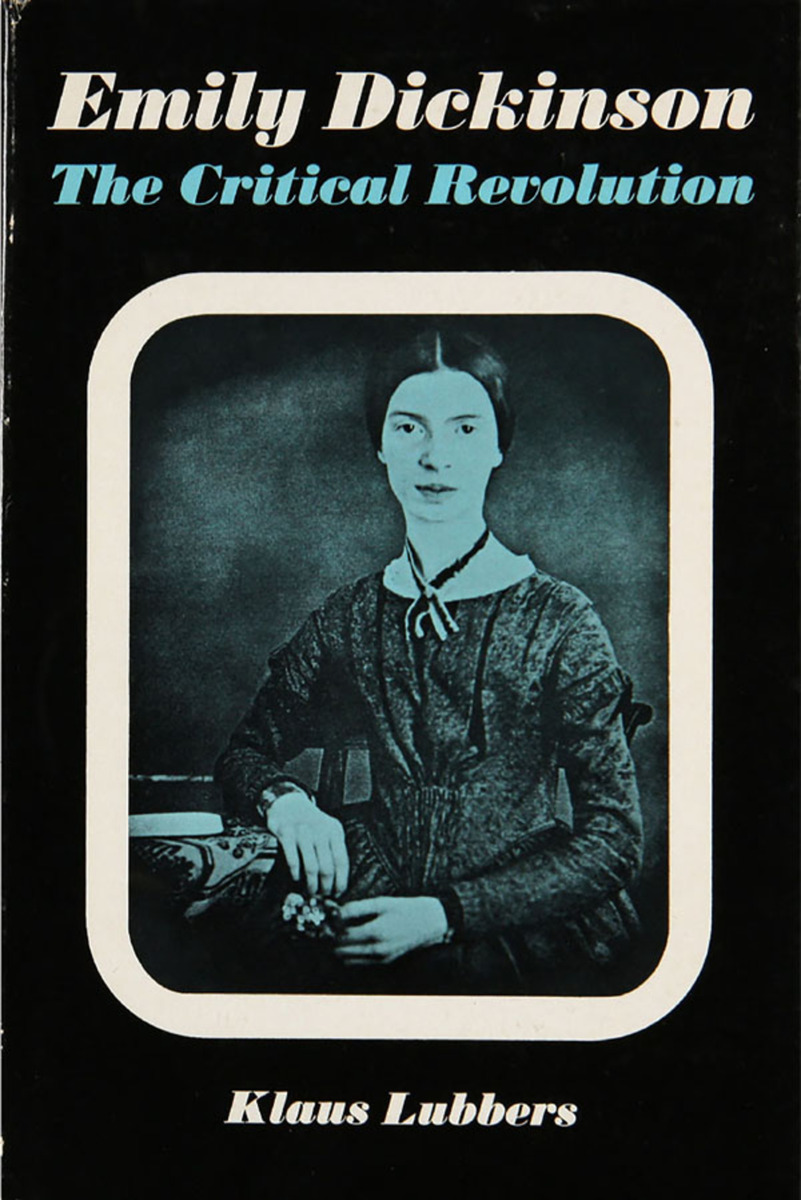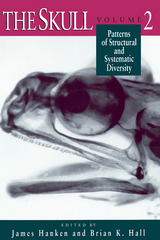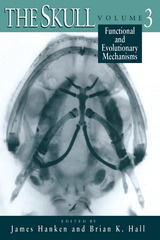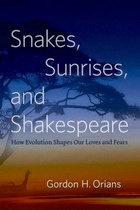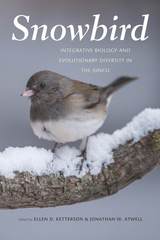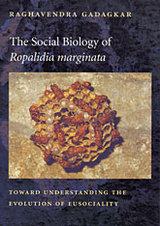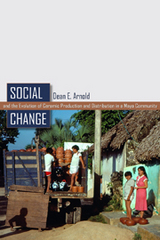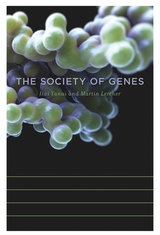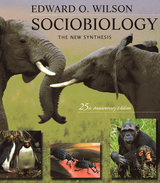Emily Dickinson
University of Michigan Press, 2025
eISBN: 978-0-472-22383-1 (standard)
See other books on: Emily Dickinson | Poetry | Women Authors
See other titles from University of Michigan Press
eISBN: 978-0-472-22383-1 (standard)
ABOUT THIS BOOK | AUTHOR BIOGRAPHY | REQUEST ACCESSIBLE FILE
ABOUT THIS BOOK
Emily Dickinson's rise to fame exemplifies the revolution in literary values that has occured during the past century. In this book Klaus Lubbers examines the changing course of Dickinson criticism in America and England from the beginnings up to recent years. His study throws much light on shifting critical standards, and through its discussion of widely varying evaluations it provides a heightened understanding of her art. Lubbers shows that even during the 1890's, when the first volumes were posthumously published, there were perceptive spirits who valued Emily Dickinson's poetry. Among these were Mabel Loomis Todd, Thomas Wentworth Higginson, and William Dean Howells. Yet American critics generally were baffled and grudging. In Great Britain the Scottish arbiter Andrew Lang was flatly hostile. As for the reading public, Higginson and Mrs. Todd felt it necessary, in editing the poems for publication, to make scores of textual changes in order to render them more acceptable to a generation accustomed to Whittier and Longfellow. It was during the creative and critical renaissance of the second decade of the twentieth century, Lubbers finds, that Emily Dickinson began to be discovered as one of the great American poets. In 1914 Harriet Monroe granted her, writes Lubbers, "honorary membership in the Imagist movement." In the period that followed, others to take up her cause included Robert Hillyer, Herbert Gorman, Amy Lowell, Louis Untermeyer, Conrad Aiken, and Carl and Mark Van Doren. "Year by year," Lubbers quotes Robert Hillyer, "the knowledge of her secret spreads, as friend whispers to friend and confides the inimitable poet to a new lover." Lubbers marks the period from 1930 to the 1960's as that in which Emily Dickinson's reputation has been consolidated. In the 1930's the New Critics, notably Allen Tate, Richard Blackmur, and Yvor Winters, contributed important insights to the understanding of her poetry. The thirties also saw the publication of George F. Whicher's critical biography, This Was A Poet. In the fifties and sixties came Thomas H. Johnson's critical edition of the poems and Charles R. Anderson's interpretive study, Emily Dickinson's Poetry: Stairway of Surprise. All these commentaries and many more are judiciously weighed in Lubbers' impressively documented survey. In addition, this book unravels the tangled publication history of the poems; it investigates the textual changes in editions before Johnson's; and it points to the growing interest in Emily Dickinson reflected in novels and plays based on her life. Its list of more than 1,000 sources is by far the most complete Dickinson bibliography in print. Lubbers has, in short, produced a comprehensive work of scholarship that will be invaluable to students of criticism and readers of Emily Dickinson.
See other books on: Emily Dickinson | Poetry | Women Authors
See other titles from University of Michigan Press
